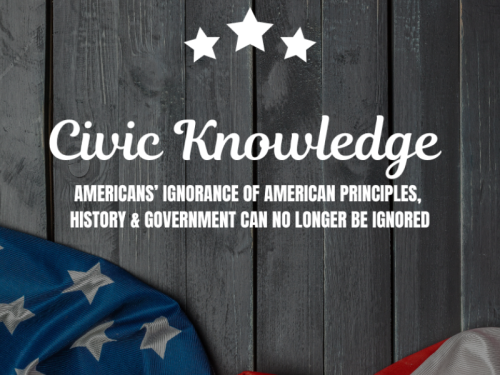As a special gift to moms I would like to discuss the times when their little one doesn't like to be hugged. Kinesthetic learners will give hugs when they want to, but many really resist being hugged. This can lead to heartache and hurt feelings, for moms especially.
In my workshops on kinesthetic learners you will see a clear demonstration of this, but for now it will help if you think about the idea that kinesthetic learners process their world through movement and touch. When a mom hugs her little one she usually gives a lot of touch and at the same time stops the child from moving. Thus he can't process all the input. This causes severe discomfort for the kinesthetic child, which the child may display as a serious case of the wiggles, or even a burst of intense anger!
Kinesthetic learners learn through movement. When you hug them what have you done to their movement? You have totally stopped their movement. At the same time you are giving them all this touch. In essence you have thrown at them 20 pounds of input - you have touched their arms, you have touched their front, and you have touched their back - with no way to process it! It is like saying to them, "Would you please turn off your mind for the next ... however long I feel like hugging you, until I release your mind back to you." They can't process it; they are being overwhelmed.
If you are an auditory learner: It would be like you walking into a room with 60 radio stations blaring, each on a different channel. That would not necessarily bother me. It's just noise, so they're talking, who cares. But for an auditory learner, it would be like, "Let me out of this room!" That's how your child feels when you are hugging him. When he hugs you, it's a different story. Whose arms are out? His. And he can choose how long to hug. So, if you want to hug your child, let his arms be out, and hug him underneath. It's much better if you hug him from behind because his front is where he is going. That's his focus.
You can decrease this tension around hugging in three steps: First, give the child control. Try asking something like, "Mommy wants a hug this morning, so when can I have one?" Second, give a warning, i.e. "Johnny, Mommy needs a hug, soon." (Don't surprise him with a hug.) Third, hug from behind with your arms under his, so his arms are free to move. By the way, if your child is kinesthetic and you are not, your spouse probably is, so these tips may help your whole family!
Note: Although kinesthetic learners do not easily handle being hugged, you may be able to use a firm, encompassing hug to calm an out-of-control child: If your child's behavior is spinning out of control and you can hug and hold him without anger, after the intense fight to get free he or she will eventually calm down.
Ethan H., age 14
Ethan used to have uncontrollable fits. It seemed as if he had no control of his body. If he didn't have success in something (didn't win an award, for example), he would hit his parents, his younger brother, objects, and walls-anything. Then his mom and dad discovered they could lie over Ethan, supporting their own weight on knees and elbows so they wouldn't harm him, or they could lie beside him, and hug him tight so he couldn't move.
They held him for minutes, until his wild movements ended. This hugging gave Ethan the support he needed to get his own body under control.
Among kinesthetic learners movement increases thinking, and thinking increases movement. Sometimes we spiral out uncontrolled. With our arms trapped, hugging rapidly shuts down our brain's ability to process. It feels as if we are drowning, completely smothered and unable to breathe.
Once we get over the panic, we are much more calm and able to focus and listen.
Beginning with his entry into school, Ethan's parents experienced tremendous pressure to medicate him - and agonized over what to do, but they never did put him on medication. They are now happy and relieved about their choice.
Eventually, like Ethan, we learn to settle down before we spin out of control. Ethan stopped his outbursts at about age ten. As of this writing, he is a happy teenager who cheerfully does his chores. He loves to play computer games and skateboard. If he ever forgets a chore, his parents take away a day of computer or skateboarding.
As a sixth grader, Ethan attended a traditional public middle school. But after his mom noticed he was angry every day, and he started becoming depressed, they pulled him out of the school. He now attends a school where he has two days of classes, a day of labs and two days at home. He is doing very well in school, especially history, which he loves, although he struggles in math.
What works with Ethan is structure. His parents use a timer for his computer time, and his homeschool schedule, including lunch.
(I have changed his name in order to protect his privacy.)
Note: Dr. Guffanti has spoken at WHO's annual convention the past two years on the topic of ADHD and learning styles, with attendees responding, “This is a life- changing class,” and “The best and most helpful of all.”
A medical doctor, tutor, teacher, author, and homeschool parent, Dr. Guffanti was born with a passion for education. Dyslexic and a kinesthetic learner, he has served as the medical director of a clinic specializing in learning disorders, and has focused on creating education that meets the needs of all children. He is the author of Rocket Phonics and Is It Really ADHD?
Stephen Guffanti, MD
CEO of Children's U.com
Home of Rocket Phonics
www.rocketphonics.com





